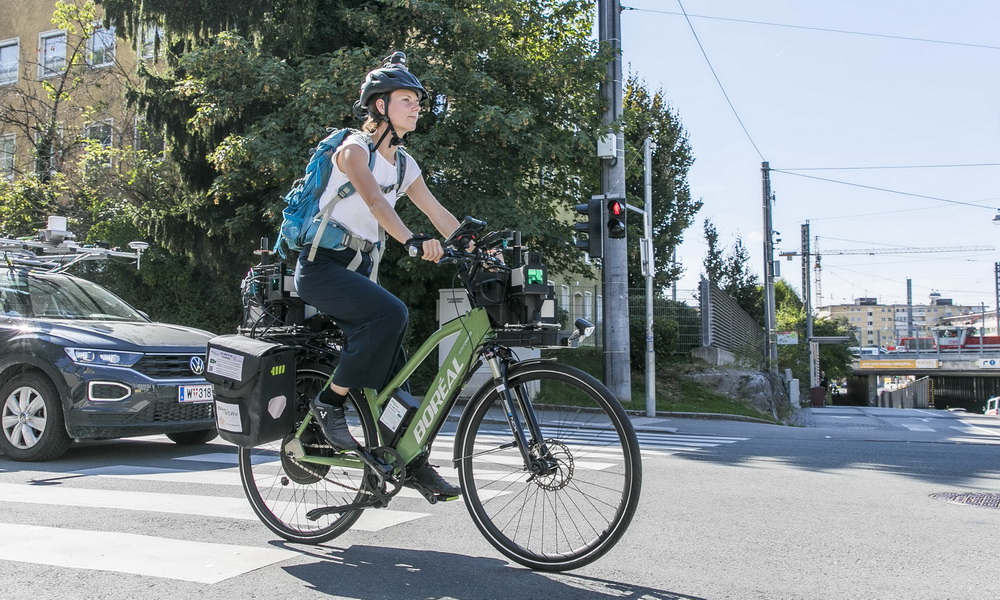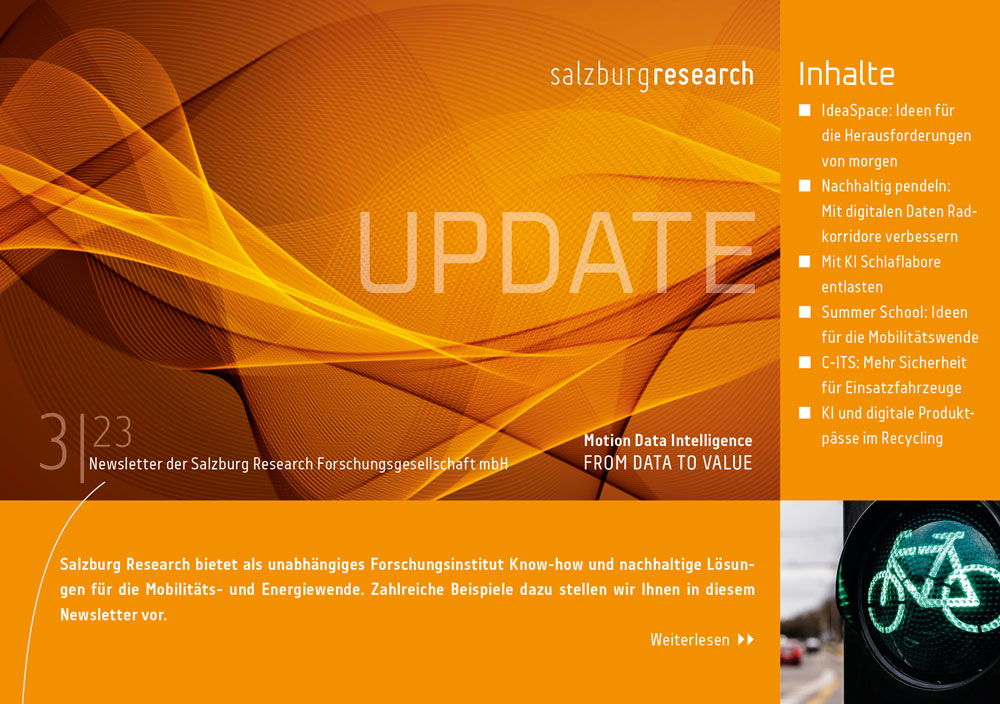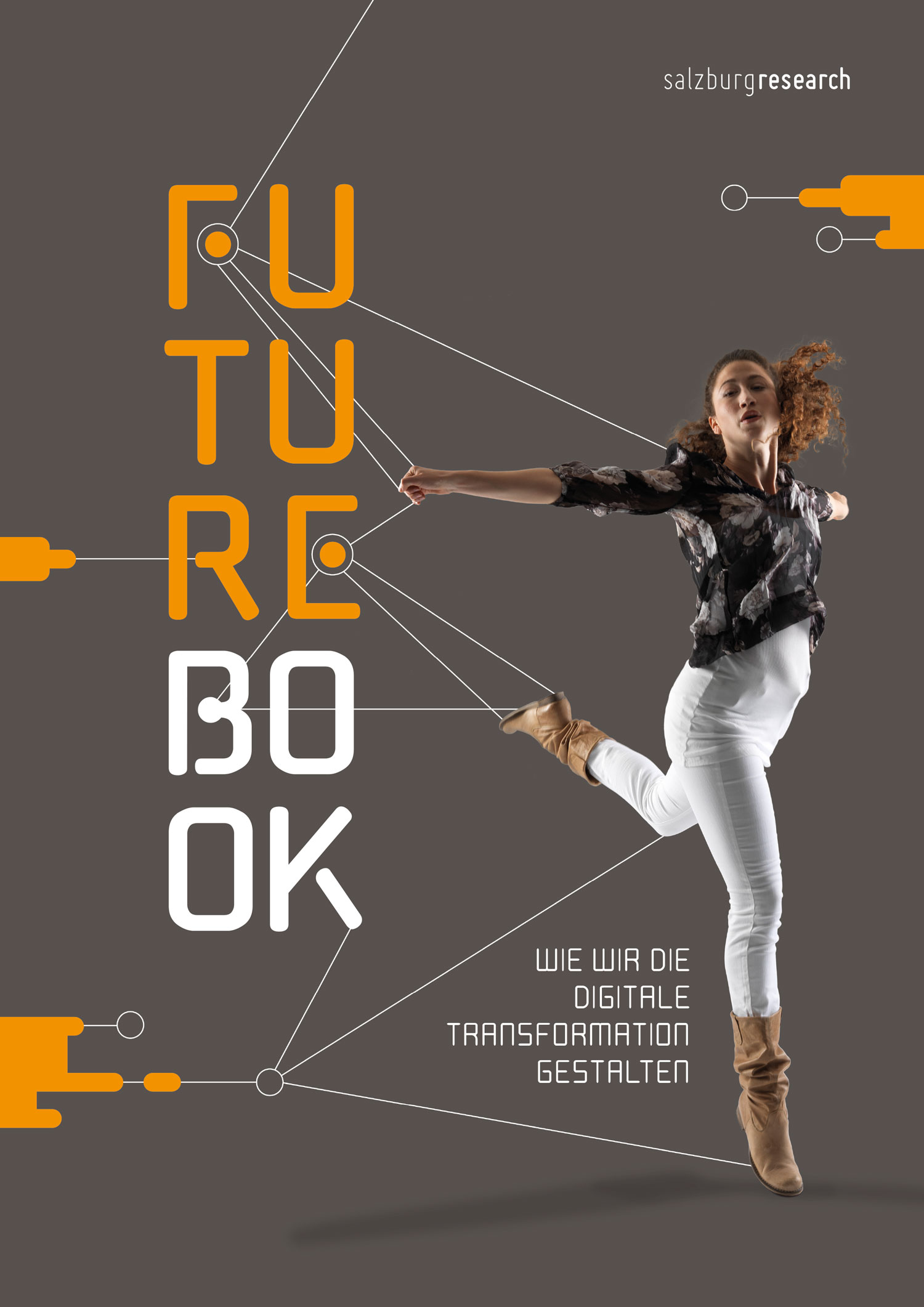
Holistic IoT security in cyber-physical systems
16 high-level partners from industry and academia developed guidelines, methods, tools and components for secure IoT-based applications. Salzburg Research contributed digital twins and data models for multi-stakeholder data management.
The information complexity of smart cities and smart factories is increasing. More and more intelligent vehicles are on the road, more and more infrastructures use computer-based technologies as well as devices based on the Internet of Things (IOT) and cyberphysical systems (CPS). Whereas industrial plants used to be hardly adapted after commissioning, networked digital plants now require a much more comprehensive approach to the issue of safety. In the Austrian flagship project IoT4CPS, those challenges that arise from the use of information and communication technologies (ICT) in real industrial environments have been addressed over the past three years. The topic of security was considered at all levels, i.e. from the sensor to the communication interfaces to the networked plant, and over the entire life cycle.
Digital Twin as a data hub
Cyber-physical systems require a high level of trust between the system components involved. This includes the integrity, authenticity and confidentiality of information as well as the adequate protection of production data and the safeguarding of intellectual property.
Salzburg Research’s focus in the project was the development of a Digital Twin platform that enables the secure exchange of data streams across several independent organisations. For consistent security in the interaction of digital devices with their physical environment, the digital twin already provides support in design and development across all levels of the system architecture. During operation, it acts as a data hub, supplying various stakeholders with the data relevant to them.
Demonstrators show the technical achievements
Two demonstrators were developed to show the technical achievements from the project and the advantages of the IoT4CPS developments in design and reference architecture:
The first demonstrator enables bidirectional connectivity for industrial testing of components in vehicle manufacturing, facilitating process automation, optimising productivity and supporting predictive maintenance.
The second demonstrator uses virtualisation technologies to securely integrate existing equipment into a networked production environment. In addition to innovative concepts, specially developed devices are used to enable a secure connection of industrial equipment (machines, robots, production lines). This leads to the concept of a virtual factory under the title “Security by Isolation”.
The IoT4CPS Consortium
IoT4CPS, with a total budget of around 5 million euros, was funded by the FFG with around 3 million euros as part of the BMK initiative “ICT of the Future”.
- Industry partners: AVL List GmbH, Infineon Technologies Austria AG, Nokia Solutions and Networks Österreich GmbH, NXP Semiconductors Austria GmbH, Siemens Österreich AG, TTTech Computertechnik AG, X-Net Services GmbH
- Scientific partners: AIT Austrian Institute of Technology GmbH (consortium leader), Danube University Krems, Johannes Kepler University Linz/Institute for Pervasive Computing, Joanneum Research Forschungsgesellschaft mbH, SBA Research GmbH, Salzburg Research Forschungsgesellschaft, Software Competence Center Hagenberg GmbH, TU Graz/Institute for Applied Information Processing and Communications, TU Graz/Institute for Technical Informatics, TU Wien/Institute of Computer Engineering.





